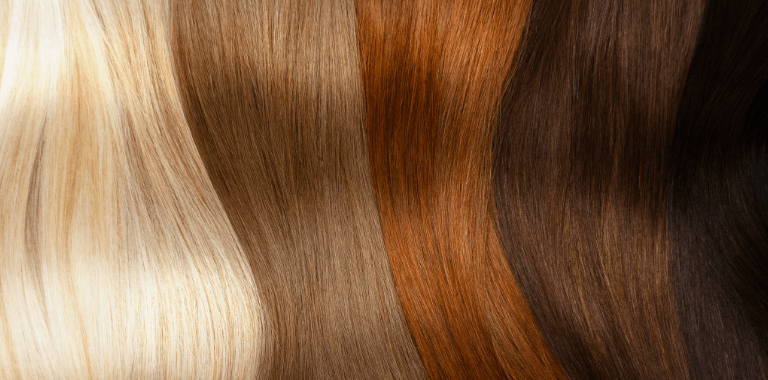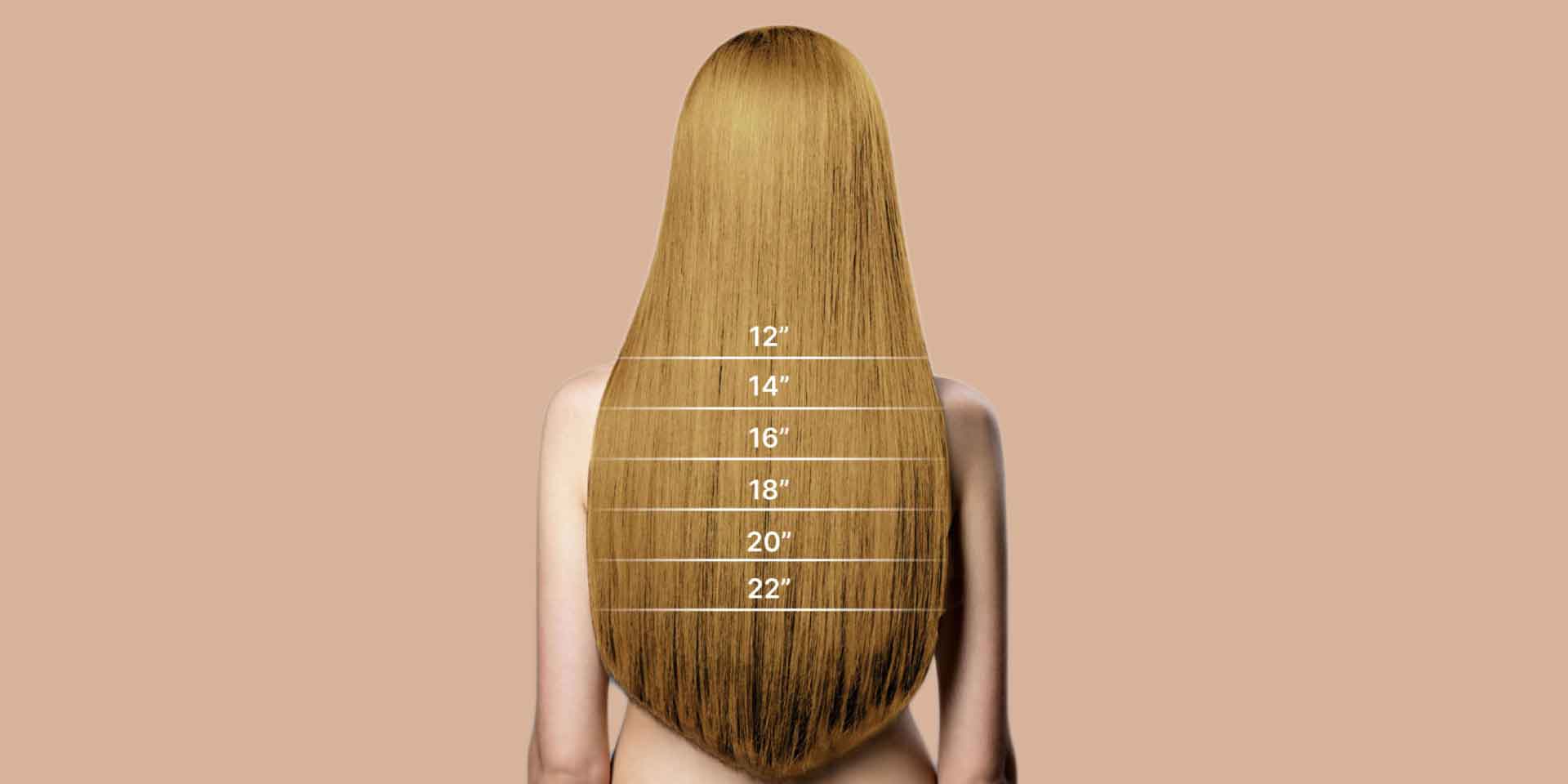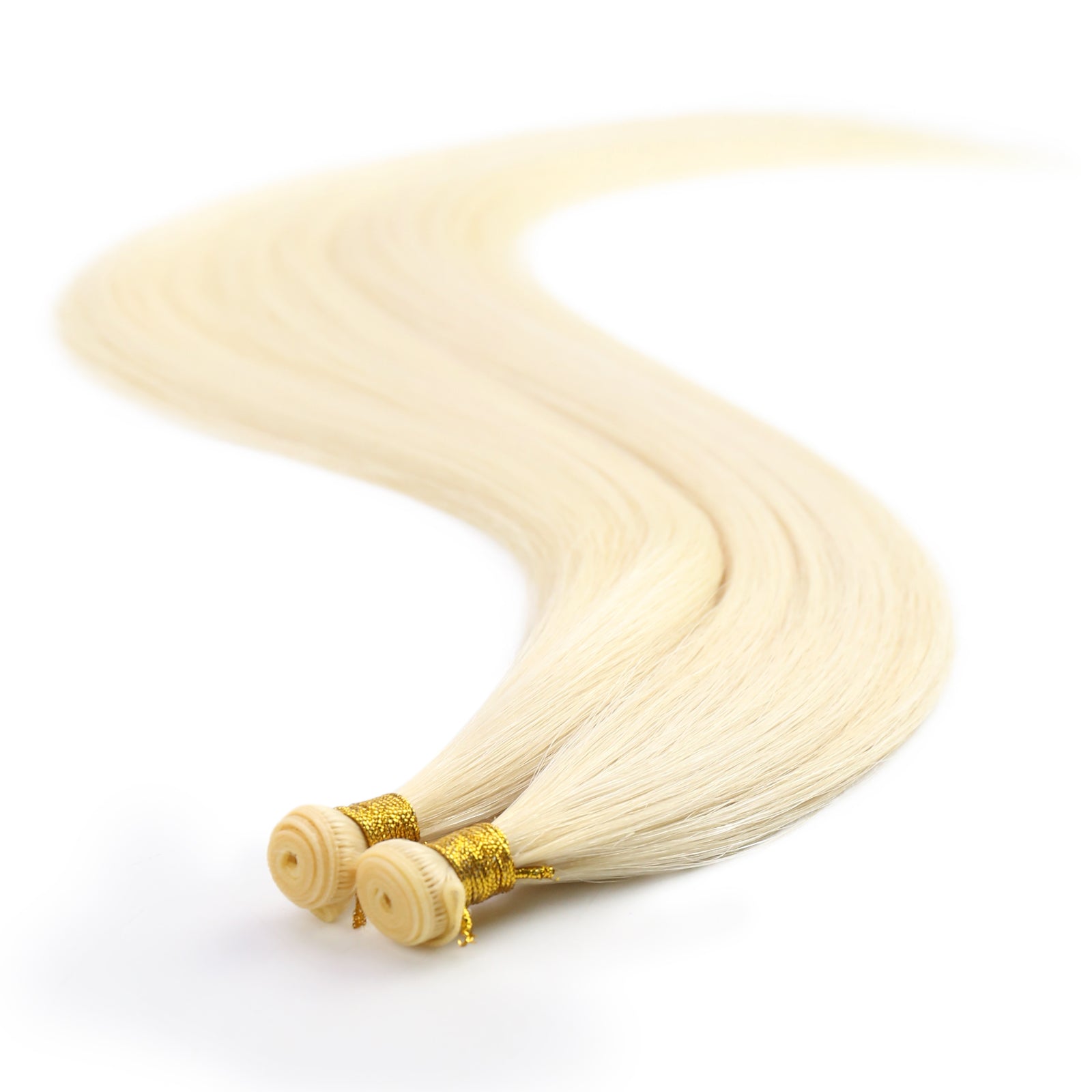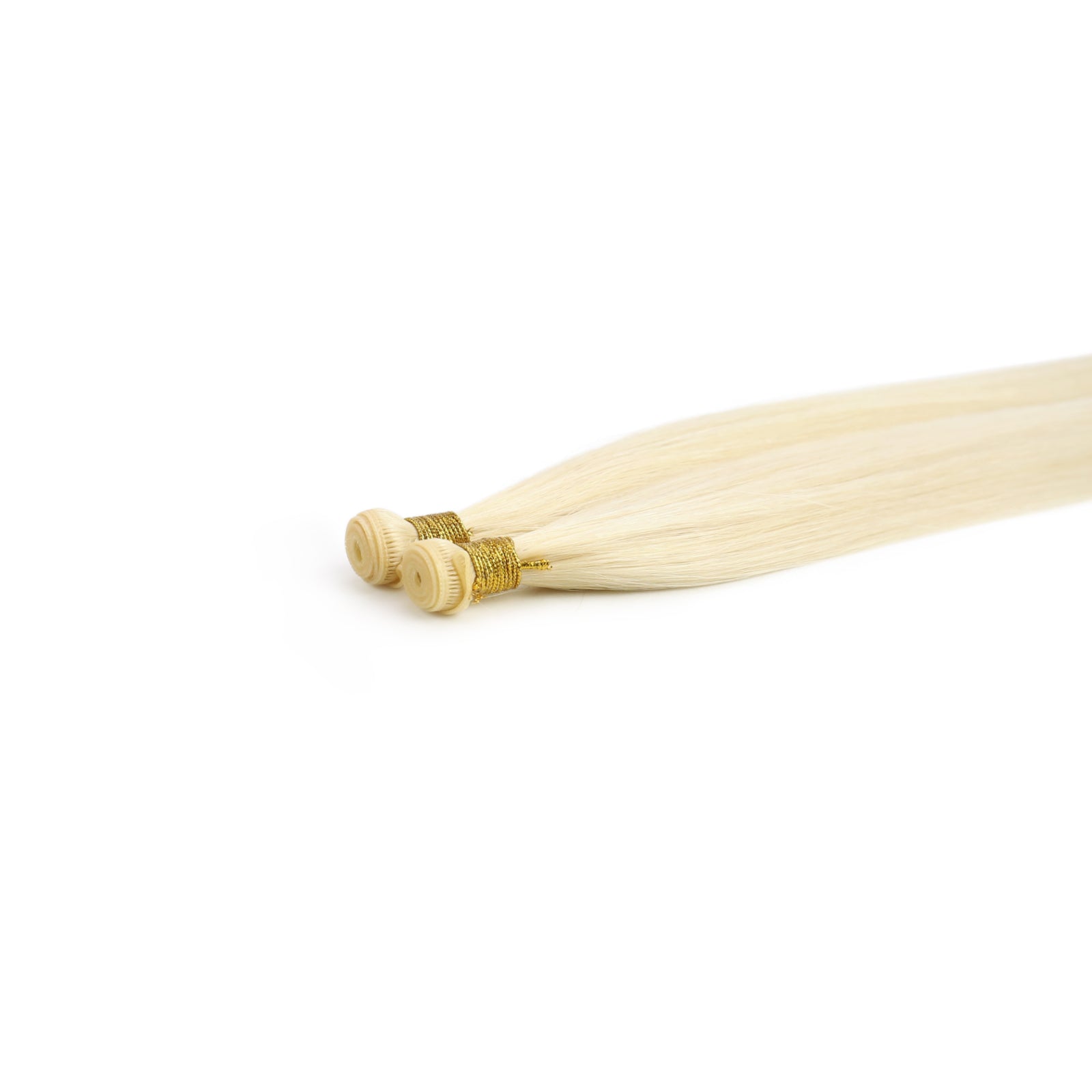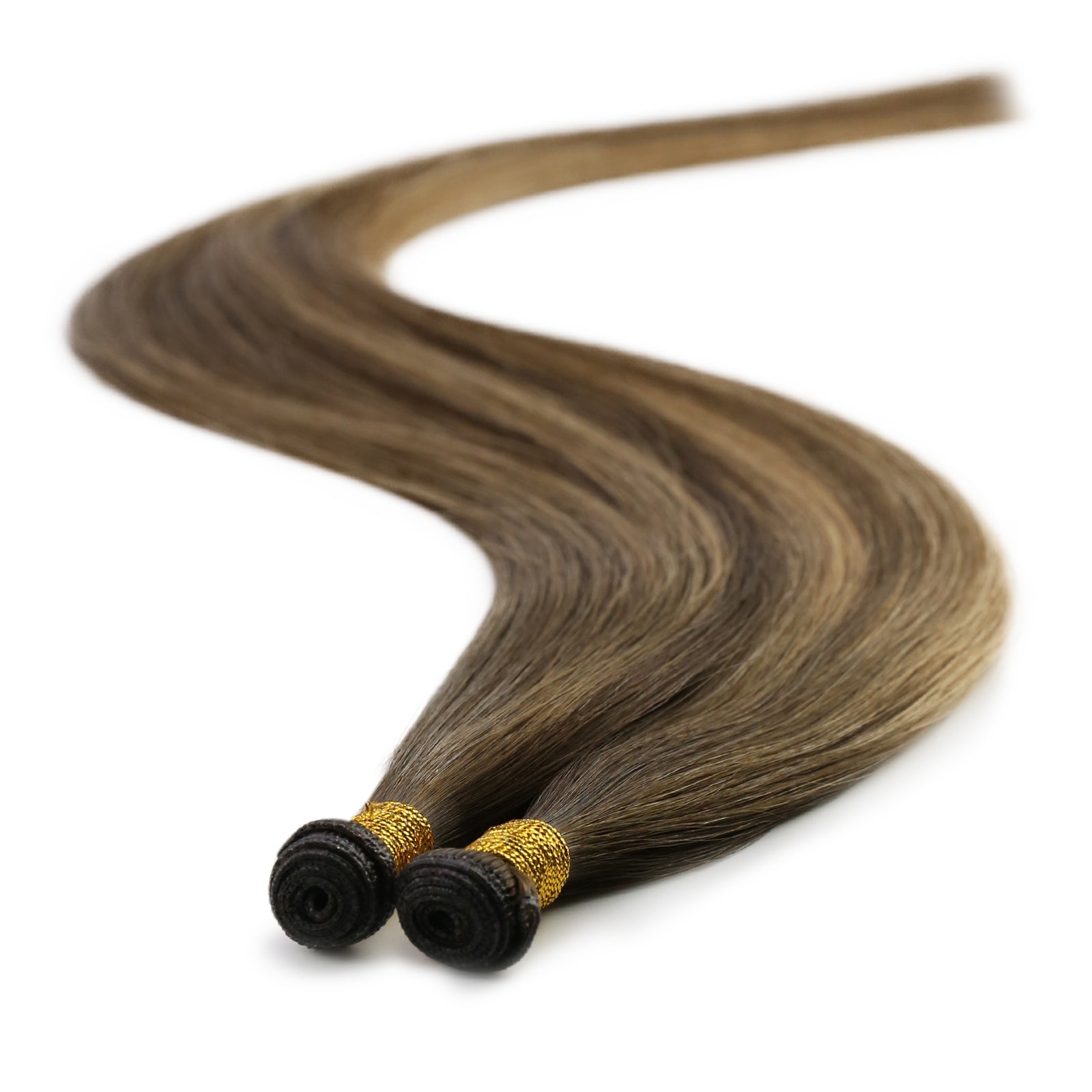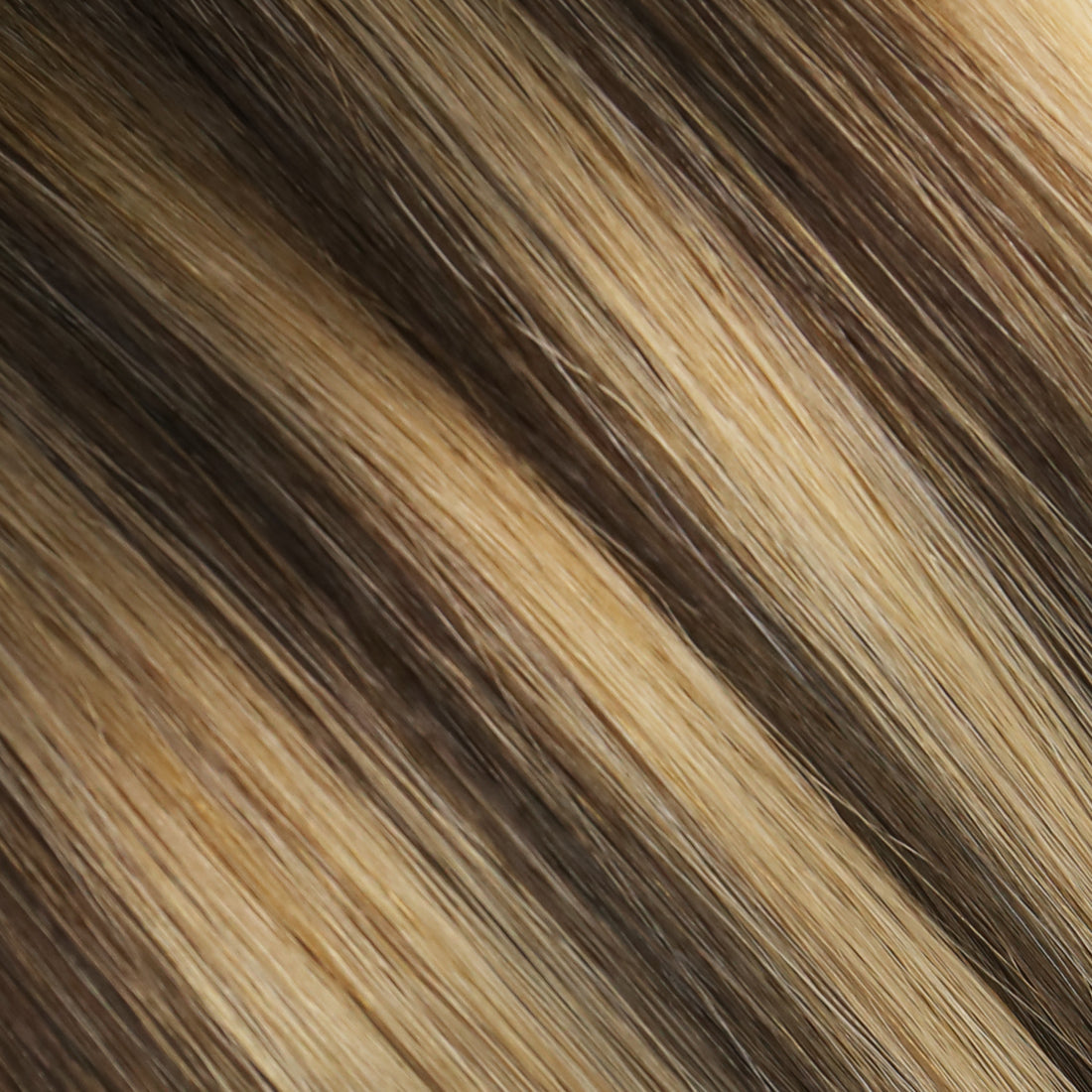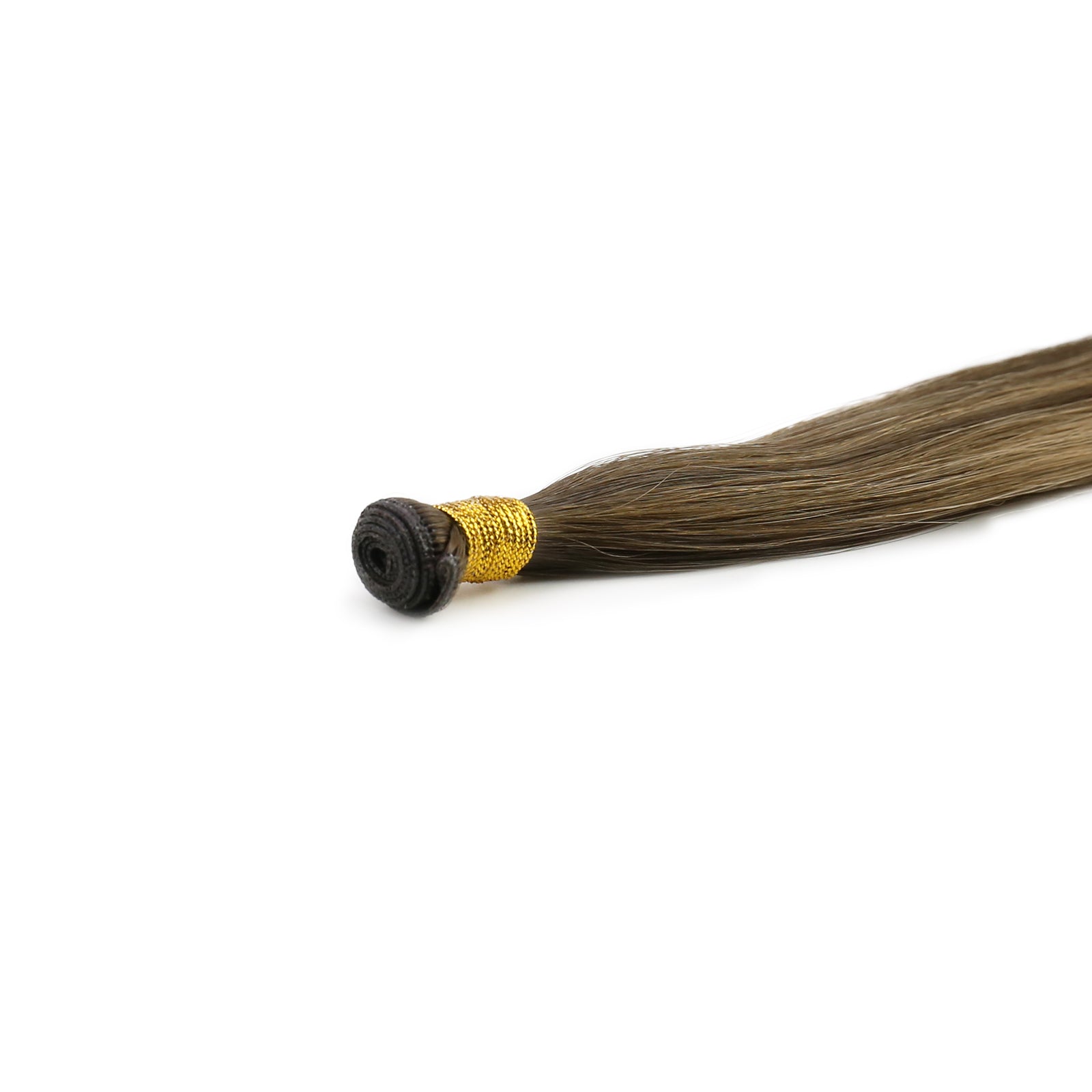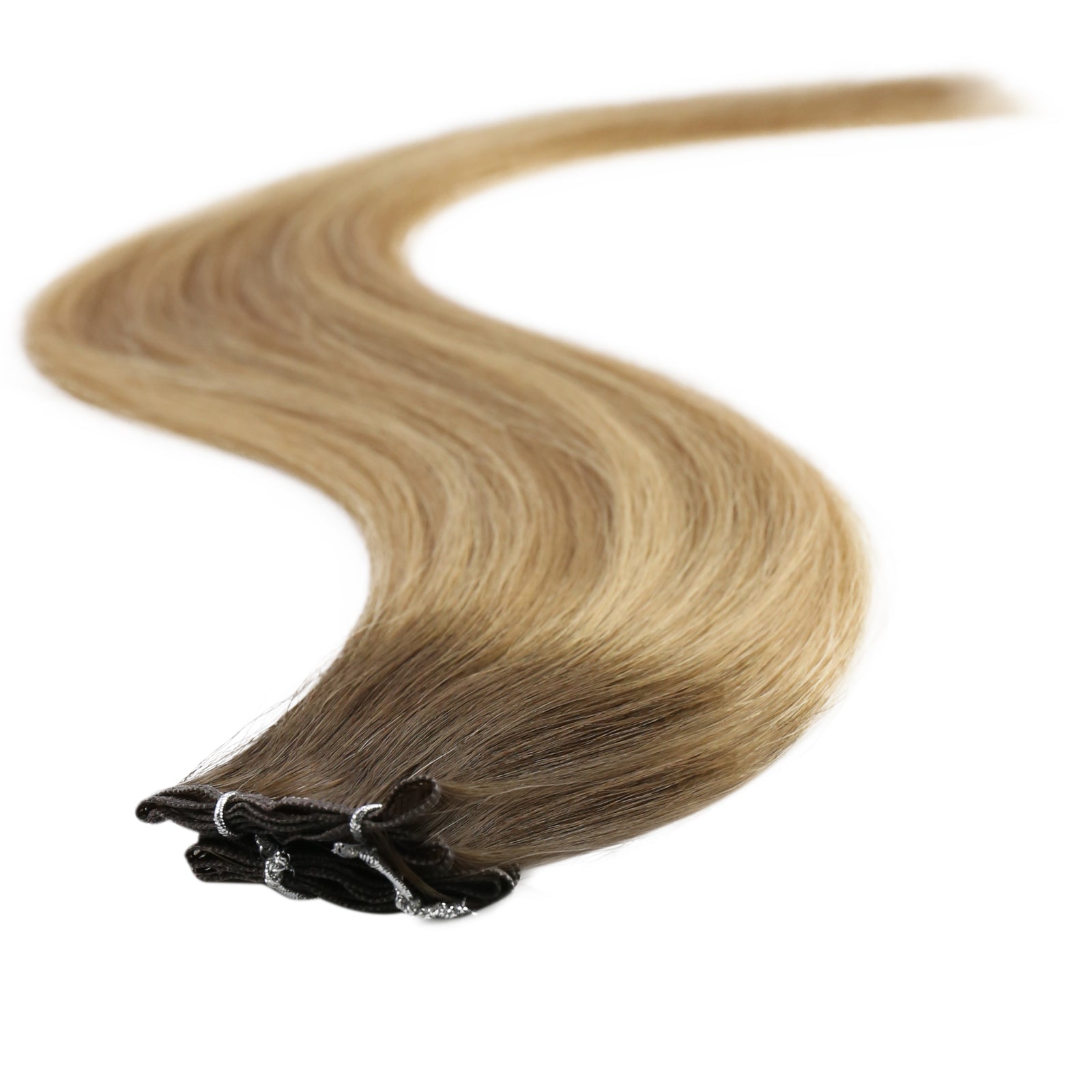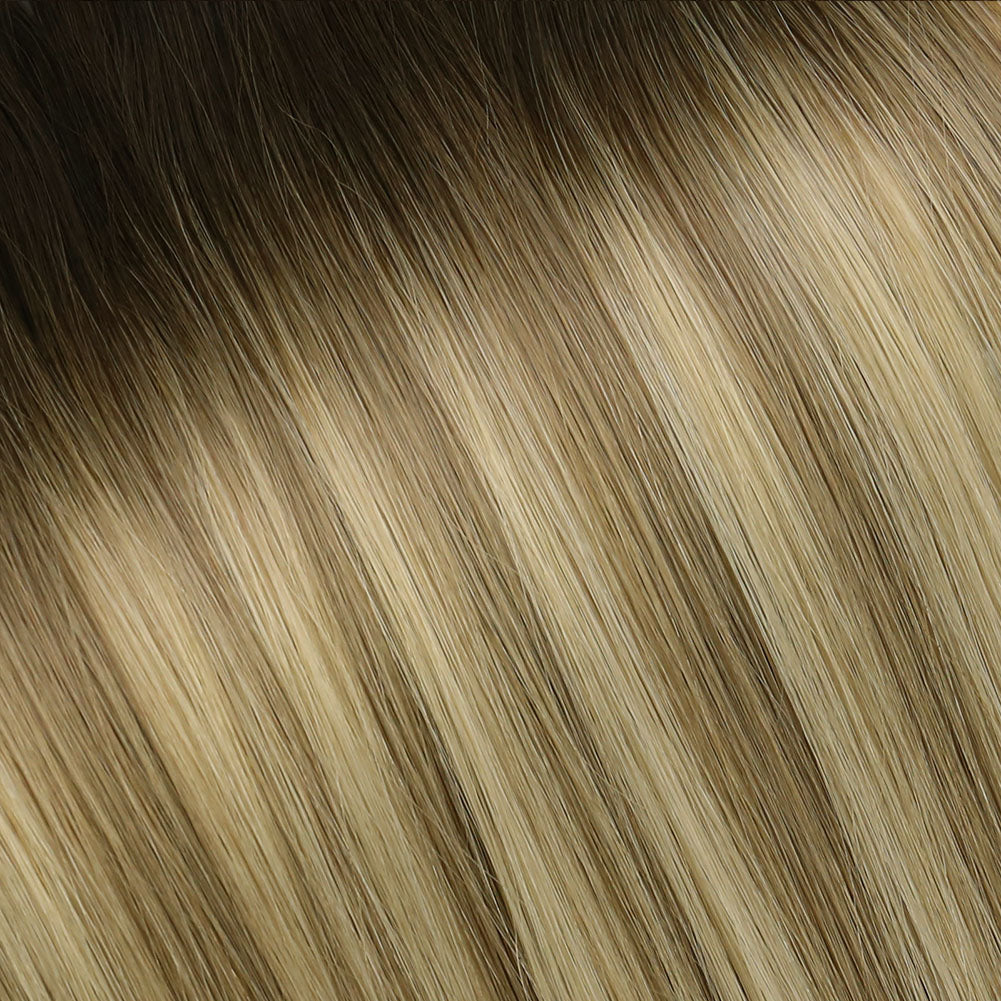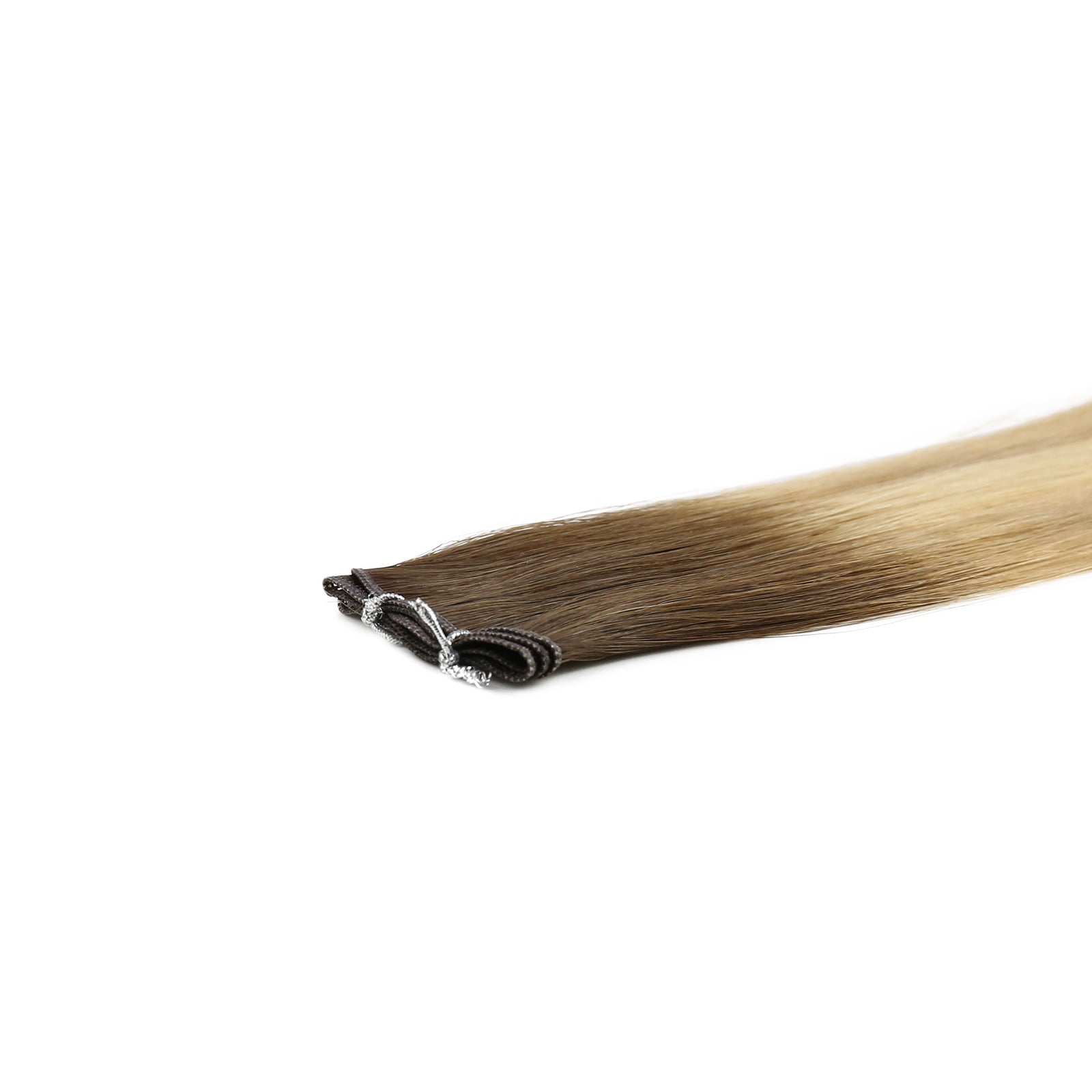Ever wondered how celebrities instantly transform their hair lengths and styles? The secret lies in hair extensions. These versatile beauty enhancers can add volume, length, and even a splash of color to your natural hair. Understanding the different types of hair extensions, how they're attached, and how to care for them can help you achieve your desired look. Whether you're new to hair extensions or looking to switch things up, this guide will cover everything you need to know to make an informed choice and keep your extensions looking fabulous.
Types of Hair Extensions
Hair extensions come in diverse types, each catering to different needs and styles. Whether you're looking to add length, volume, or a splash of color, there's a perfect type of extension for everyone. However, before diving into how these extensions work, it's essential to get acquainted with the most popular types. Knowing the basics of each will help you navigate the world of hair extensions with confidence and choose the best option for your hair goals. So, let’s take a moment to explore the variety out there and set the stage for finding your ideal match.
Clip-In Extensions
Clip-in extensions are a versatile, temporary solution perfect for those looking for an easy, non-permanent style change. These extensions come with small clips that snap onto your natural hair, allowing for quick application and removal.
Tape-In Extensions
Tape-in extensions offer a seamless, natural look with a semi-permanent application that blends well with your natural hair. These extensions use a medical-grade adhesive tape to attach hair wefts to your strands, providing a smooth and flat finish.
K-Tip Extensions
K-tip extensions, also known as keratin tips, provide a durable, long-lasting option using keratin-based adhesive for attachment. Each extension strand is tipped with a small keratin bond that is gentle on your hair and scalp.
I-Tip Extensions
I-tip extensions utilize small beads or cylinders for attachment, offering a heat-free and glue-free method that's gentle on your hair. These extensions consist of individual strands that are secured using tiny metal beads, making them a versatile option for various hair types.
Hand-Tied Weft Extensions
Hand-tied weft extensions are known for their natural appearance and are ideal for adding volume and length with minimal damage to your hair. These extensions are made from thin wefts of hair that are hand-tied, ensuring a lightweight and comfortable fit.
Now that we have a basic understanding of the different types of hair extensions, let's dive deeper into the specifics of how each type is attached. This will give you a clearer picture of the process and help you decide which method might be best suited for your hair and lifestyle.
How Are Hair Extensions Attached?
Now that you're familiar with the different types of hair extensions, it's time to delve into how each type is attached. The method of attachment is crucial as it influences the overall look, feel, and durability of the extensions. Understanding these methods will help you choose the best option for your hair type and styling needs. Let's explore the attachment processes for each popular type of hair extension.
Clip-In Extensions
Clip-in extensions are a fan favorite for their convenience and versatility. Each extension piece is equipped with small, pressure-sensitive clips that easily snap open and closed. To attach clip-in extensions, simply part your hair, attach the clips close to the roots, and snap them shut. It's as simple as adding a barrette, making them ideal for special occasions or a quick style switch-up without commitment.
Pros:
Clip-in extensions are easy to apply and remove, making them perfect for temporary use.
They cause minimal damage to natural hair since no glue, tape, or heat is involved.
Cons:
Clip-in extensions are not suitable for long-term wear as they can become uncomfortable.
If not applied correctly, they can feel bulky and may not blend seamlessly with your natural hair.
Tape-In Extensions
Tape-in extensions offer a semi-permanent solution with a natural look. These extensions use a medical-grade adhesive tape to attach hair wefts to your natural hair. During the application, a small section of your hair is sandwiched between two wefts, creating a smooth and flat finish. A professional stylist usually applies tape-ins to ensure a perfect blend and secure hold.
Pros:
Tape-in extensions provide a seamless and natural look that blends well with your natural hair.
They are reusable with proper care, making them a cost-effective option in the long run.
Cons:
Professional application and removal are required, which can add to the overall cost.
The adhesive can weaken over time, requiring regular maintenance.
K-Tip Extensions
K-tip extensions, or keratin tips, are known for their durability and natural appearance. These extensions use small keratin-based adhesive bonds to attach individual strands to your natural hair. A heat tool melts the keratin, securing the extension in place. This method creates a strong bond that can last several months, making K-tips a popular choice for those seeking a long-term solution.
Pros:
K-tip extensions are durable and long-lasting, often lasting several months with proper care.
They blend seamlessly with natural hair, providing a very natural look.
Cons:
The application process requires heat, which can potentially damage your natural hair.
Removal can be time-consuming and may require a professional stylist.
I-Tip Extensions
I-tip extensions are a heat-free and glue-free option, making them gentle on your natural hair. These extensions use small metal beads or cylinders to attach individual strands to your hair. The extensions are threaded through the beads, which are then clamped down to hold them in place. This method offers versatility and can be adjusted or reused as needed.
Pros:
I-tip extensions offer a heat-free and glue-free application, reducing the risk of damage to your natural hair.
They can be adjusted and reused, providing flexibility and value.
Cons:
If not installed correctly, I-tip extensions can slip, requiring frequent adjustments.
The beads can be visible if they are not matched to your hair color, affecting the natural look.
Hand-Tied Weft Extensions
Hand-tied weft extensions are known for their natural appearance and lightweight feel. These extensions are made from thin wefts of hair that are hand-tied into your natural hair using a beading technique. Small sections of your hair are threaded through tiny beads, which are then used to secure the wefts. This method is gentle and provides a comfortable fit, making hand-tied wefts a popular choice for adding volume and length.
Pros:
Hand-tied weft extensions provide a natural appearance and are lightweight, ensuring comfort.
They cause minimal damage to your natural hair, making them a healthier option.
Cons:
Professional installation is required, which can be time-consuming and costly.
The application process can be lengthy, requiring patience during installation.
By understanding the attachment methods for each type of hair extension, you can make an informed decision about which option is best for your hair type and lifestyle.
How to Care for Hair Extensions
Once you've chosen and applied your hair extensions, proper care is essential to maintain their appearance and longevity. Here are some general care tips and specific instructions for each type of extension to help you keep them looking their best.
General Care Tips for All Types of Extensions
- Gentle Washing: Use sulfate-free and extension-friendly shampoos and conditioners. Avoid washing too frequently, as this can strip the hair of natural oils.
- Drying: Pat your extensions dry with a soft towel and avoid rubbing. Let them air dry whenever possible, and use a heat protectant if you must blow-dry.
- Brushing: Use a wide-tooth comb or a brush specifically designed for extensions. Start from the ends and work your way up to prevent tangling and breakage.
- Styling: Limit the use of heat styling tools. When necessary, use a low heat setting and always apply a heat protectant spray.
- Sleeping: Braid your hair or tie it in a loose ponytail before bed to prevent tangling. Consider using a silk or satin pillowcase to reduce friction.
Specific Care Instructions
Clip-In Extensions
- Washing: Wash clip-ins after every 15-20 wears or when they start to look dull.
- Storage: Store them in a cool, dry place, preferably in an airtight container or a dedicated extensions hanger to maintain their shape and cleanliness.
Tape-In Extensions
- Avoid Oils: Keep oils and heavy conditioners away from the tape area to prevent the adhesive from weakening.
- Reapplication: Schedule a professional reapplication every 6-8 weeks as your natural hair grows.
K-Tip Extensions
- Heat Protection: Since K-tip extensions are attached using heat, limit additional heat styling to prevent damage to both the extensions and your natural hair.
- Professional Maintenance: Visit your stylist every 2-3 months for maintenance to ensure the bonds are holding well and to replace any that may have slipped.
I-Tip Extensions
- Avoid Tugging: Be gentle when brushing near the beads to prevent pulling the extensions out of place.
- Rebeading: Plan for rebeading every 3-4 months to keep the extensions secure and looking fresh.
Hand-Tied Weft Extensions
- Washing: Focus on the scalp and be gentle when washing the wefts to avoid loosening the ties.
- Maintenance: Regular salon visits every 8-12 weeks for adjustments and to move the wefts closer to the scalp as your hair grows.
By following these care tips and specific instructions for your type of hair extensions, you can ensure they remain in excellent condition, providing you with beautiful, voluminous hair for months to come. Taking good care of your extensions not only enhances their appearance but also protects your natural hair, ensuring a healthy and stylish look.
Wrapping Up
Choosing and maintaining hair extensions doesn't have to be daunting. Understanding the different types available, you can make an informed decision based on your hair type, lifestyle, budget, and desired look. Proper attachment and diligent care are essential to ensure your extensions look natural and last as long as possible. Remember, consulting with a professional stylist can provide personalized recommendations and application tips.
With the right choice and maintenance routine, you'll enjoy beautiful, voluminous hair that enhances your natural beauty. Ready to transform your look? Speak to a professional today and take the first step toward your new, glamorous hairstyle!

